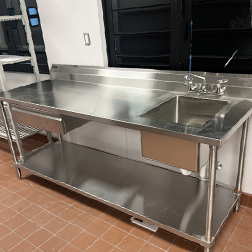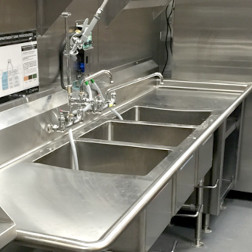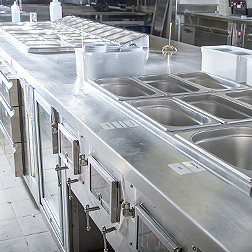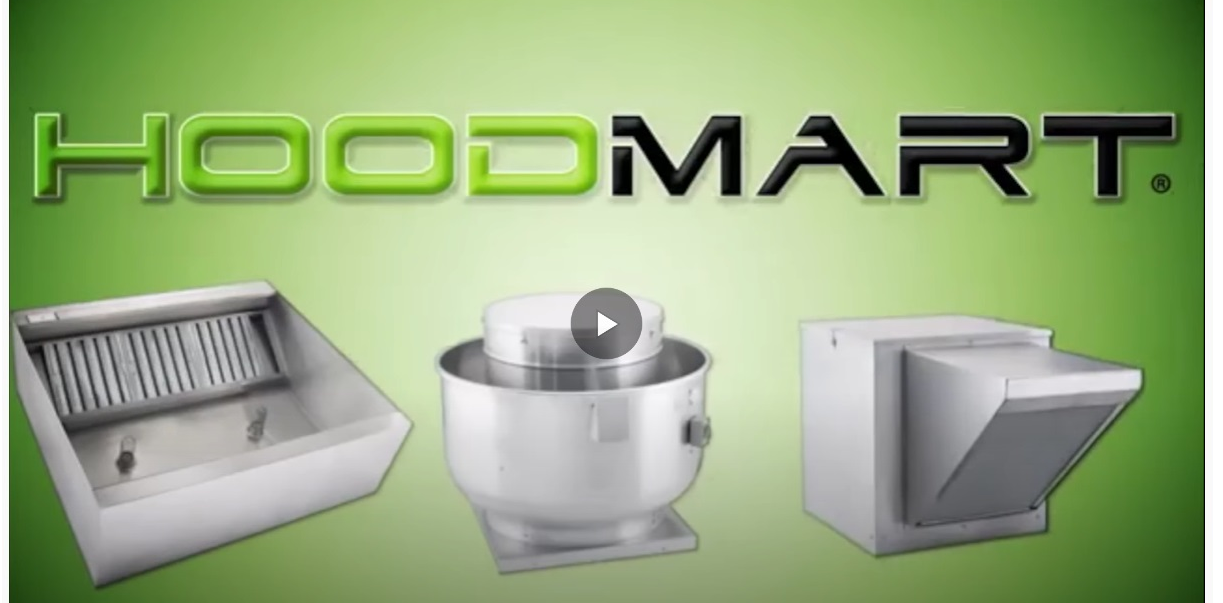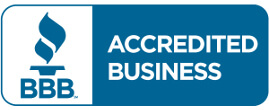We use cookies to help improve our services, make personal offers, and enhance your experience. If you do not accept optional cookies below, your experience may be affected. If you want to know more, please read the Aprende más.
Ventless vs. Vented Commercial Kitchen Hoods | HoodMart

Introduction
When it comes to commercial kitchen ventilation, choosing the right hood system is crucial. Two popular options are ventless and vented commercial kitchen hoods, each with its own set of advantages and considerations. In this article, the experts at HoodMart will break down the pros and cons of ventless and vented hoods, helping you make an informed decision for your kitchen's ventilation needs.
Ventless Commercial Kitchen Hoods
Ventless hoods, also known as recirculating hoods, are self-contained systems that filter and recirculate air within the kitchen instead of venting it outside. Here are the pros and cons:
- Pros
- Versatility: Ventless hoods offer greater flexibility in kitchen design and layout since they don't require external ductwork.
- Cost Savings: Eliminating the need for ductwork installation and maintenance can result in significant cost savings.
- Energy Efficiency: Ventless hoods recirculate and filter air, reducing energy loss associated with venting air outside.
- Ease of Installation: Ventless hoods are generally easier and quicker to install compared to vented hoods.
- Cons
- Filter Maintenance: Regular cleaning and replacement of filters are necessary to ensure effective filtration and maintain optimal performance. Because maintenance should only be performed by professionals to ensure safety and compliance, it’s important to factor this cost into your decision making.
- Limited Capacity: Ventless hoods may have limitations in handling heavy cooking loads or specific cooking processes that generate a high volume of grease-laden vapors or large amounts of smoke.
Vented Commercial Kitchen Hoods
Vented hoods, also called ducted hoods, expel air outside the building through ductwork. Here are the pros and cons:
- Pros
- Effective Ventilation: Vented hoods provide efficient removal of smoke, grease laden vapors, and cooking odors from the kitchen, ensuring superior ventilation.
- High Capacity: Vented hoods can handle heavy cooking loads and effectively manage intense heat and smoke generated by commercial cooking equipment.
- Greater Flexibility: Vented hoods allow for more flexibility in terms of cooking processes and equipment usage.
- Cons
- Installation Complexity: Vented hoods often require complex professional installation, including ductwork design and routing, which may involve structural modifications.
- Higher Initial Costs: The installation and maintenance of ductwork can add significantly to the upfront costs of vented hoods.
- Energy Loss: Vented hoods expel conditioned air outside, leading to potential energy loss and increased heating or cooling costs.
Choosing the Right Option
Selecting the ideal hood system depends on various factors, including kitchen layout, cooking volume, local regulations, and budget. The best way to ensure you’re making an informed decision to consult a professional exhaust hood manufacturer, such as HoodMart. An expert will take into consideration the following:
- Kitchen Requirements: Evaluate the specific needs of your kitchen, such as cooking processes, equipment, and anticipated cooking volume.
- Space and Layout: Assess the available space, kitchen layout, and the feasibility of installing ductwork for vented hoods.
- Local Regulations: Understand the local building codes and health department requirements regarding ventilation in commercial kitchens. This is imparative for passing health and safety inspections!
- Budget Considerations: Determine your budget for installation, ongoing maintenance, and energy costs associated with the hood system.
Conclusion
Both ventless and vented commercial kitchen hoods have their own advantages and considerations. Ventless hoods offer flexibility, cost savings, and energy efficiency, while vented hoods provide effective ventilation and high capacity. When choosing between the two, carefully evaluate your kitchen's requirements, consider local regulations, and weigh the pros and cons to determine the best option for your specific needs. Consulting with a professional range hood manufacturer can provide invaluable guidance and ensure you make an informed decision for your commercial kitchen ventilation system, so if you’re ready to get started, the pros at Hoodmart are ready to help - Contact us today!



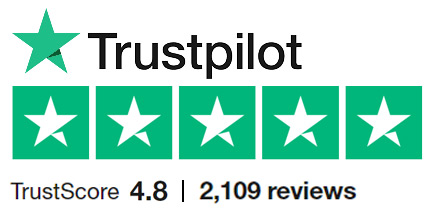


 CUSTOM FABRICATOR
CUSTOM FABRICATOR



